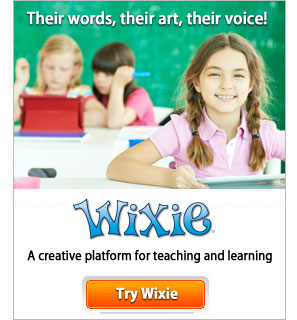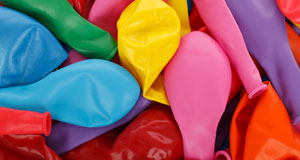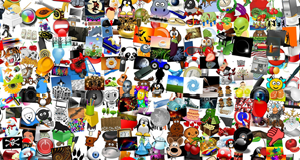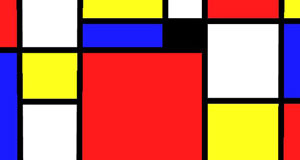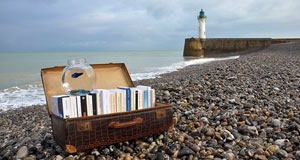Severe Weather Safety PSA
Students create public service announcements to inform others and help them stay safe during severe weather events.
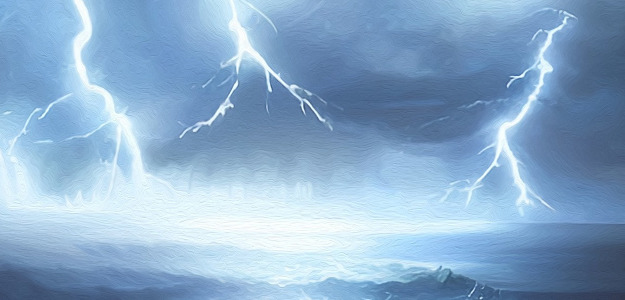
Task
Severe weather events are becoming more frequent. As you learn about weather and climate, task students with sharing what they have learned to inform others and help them stay safe during severe weather events.
Engage
At least one form of severe weather is in the news each month and students are becoming more and more aware of how dangerous severe weather can be. Ask students what they know about severe forms of weather to activate prior knowledge.
Work together to create a list of the different forms severe weather can take. Once your list includes 4-6 common forms, such as tornadoes, hurricanes, wildfires, and blizzards, have students add details to each type to describe what it is or where it might occur.
Read You Wouldn't Want to Live Without Extreme Weather! by Roger Canavan for a fun look at how weather indirectly shapes the world we live in.
More deeply engage students in the science involved in defining, tracking, and predicting severe weather. For example, you might read... or watch this video on thunderstorm field research from NOAA.
Have individual students choose one type of extreme weather they want to learn more about and use books from your library media center and websites like NOAA or National Geographic's Weather Center to collect the information they find.
If student's need direction, ask them to identify:
- facts and details that describe this weather form,
- where and when this type of severe weather normally occurs, and
- actions people can take to protect themselves during a severe weather event of this type.
Create
To apply what they know, ask students to work together to create public service announcements to inform others and help them stay safe during severe weather events. Form small teams of students based on the type of weather they chose to research.
Have student teams begin by sharing the facts and stories they found during their individual research.
Share examples of the different forms public service announcements can take, such as posters, brochures, books, and videos. Name, and even demonstrate, the tools students have available to create their public service announcements.
Have teams capture the combined information and ideas from the group in a cluster diagram. Then, have teams take their ideas and notes and put them in an outline to determine the order they will share information, facts, stories, and details. The outline is a powerful artifact you can use to identify misconceptions early on.
Note: This is a great time to focus on effective communication. Review persuasive writing techniques and strategies like hooking a viewer's interest immediately.
Before they begin work on the computer, have teams combine their text ideas with visual details in a storyboard. Use this artifact to get a sense of students' progress and ability to develop a PSA in the time you have allotted.
Provide ample time on the computer or other devices to both find and combine media resources. You may want to partner with your media specialist, instructional tech, or computer teacher for shared resources, expertise, and support.
Share
After student work is complete, be sure to showcase it in the classroom and community. If students created posters, hang them at school or share them on your school website so they can be used by communities elsewhere. The same is true if your students created brochures.
If students developed videos, slideshows, or websites, share the PSAs on your school website and present them during morning announcements. Reach out to your local access television station to see if they will air student PSAs to help educate your community, especially if students have focused on severe weather in your area.
Assessment
Use research notes and conversations with students during the process to identify misconceptions and adjust your instruction to better support their learning.
The final PSA will help you assess their understanding of the issue as well as their ability to use multiple forms of media to inform viewers and get them to take action.
Crafting a compelling PSA in a short amount of time will involve effective collaboration. You may want to share a rubric that articulates actions they can take to work together more effectively.

Resources
National Geographic's Weather Center
Standards
Next Generation Science Standards
MS-ESS2-5 Earth's Systems
Collect data to provide evidence for how the motions and complex interactions of air masses results in changes in weather conditions.
MS-ESS2-6 Earth's Systems
Develop and use a model to describe how unequal heating and rotation of the Earth cause patterns of atmospheric and oceanic circulation that determine regional climates.
ISTE Standards for Students:
3. Knowledge Constructor
Students critically curate a variety of resources using digital tools to construct knowledge, produce creative artifacts and make meaningful learning experiences for themselves and others. Students:
a. use effective research strategies to find resources that support their learning needs, personal interests and creative pursuits.
b. evaluate the accuracy, validity, bias, origin, and relevance of digital content.
c. curate information from digital resources using a variety of tools and methods to create collections of artifacts that demonstrate meaningful connections or conclusions.
6. Creative Communicator
Students communicate clearly and express themselves creatively for a variety of purposes using the platforms, tools, styles, formats and digital media appropriate to their goals. Students:
a. choose the appropriate platforms and digital tools for meeting the desired objectives of their creation or communication.
b. create original works or responsibly repurpose or remix digital resources into new creations.
c. use digital tools to visually communicate complex ideas to others.
d. publish or present content that customizes the message and medium for their intended audiences.



